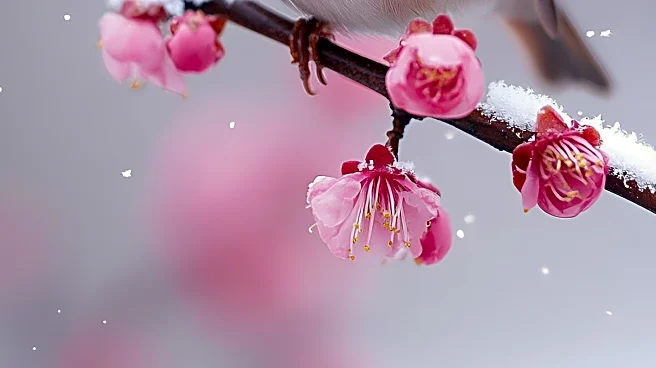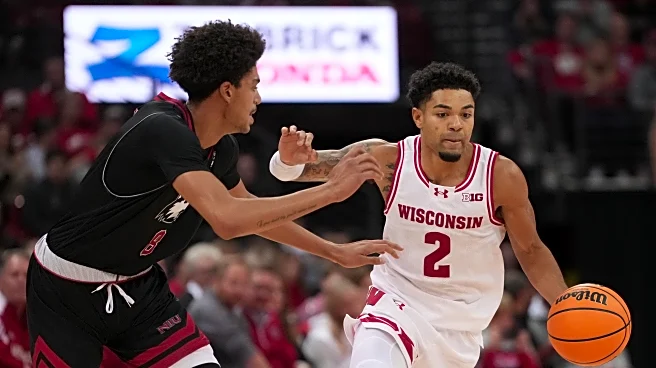What's Happening?
In northern Illinois, the arrival of dark-eyed juncos, commonly known as snow birds, marks the onset of winter. These small sparrows, characterized by their pink bills and dark plumage, are a common sight
beneath feeders, scavenging for seeds. Birders in the region eagerly anticipate their arrival, which typically occurs in October, although sightings can begin as early as late August. The juncos are known for their distinctive white tail feathers, which they flash while flying. Their presence provides a source of joy and conversation among bird enthusiasts during the cold months.
Why It's Important?
The presence of snow birds in northern Illinois is significant for both ecological and social reasons. Ecologically, these birds play a role in seed dispersal and contribute to the biodiversity of the region during winter. Socially, they offer bird watchers and nature enthusiasts a seasonal activity, fostering community engagement and appreciation for local wildlife. The juncos' arrival is a reminder of the changing seasons and the resilience of nature, providing a sense of continuity and connection to the environment.
What's Next?
As winter progresses, birders will continue to observe and document the behavior and variations among the juncos. The community may organize bird watching events and discussions to share sightings and experiences. Researchers might study the subspecies variations and their adaptation strategies to the cold climate. With spring approaching, the juncos will begin their migration back to their breeding grounds, signaling the end of winter and the arrival of warmer weather.
Beyond the Headlines
The annual migration of snow birds highlights broader themes of adaptation and survival in nature. It underscores the importance of preserving natural habitats and maintaining ecological balance. The juncos' ability to thrive in harsh conditions serves as a metaphor for resilience and adaptability, qualities that are increasingly relevant in the face of environmental challenges. Their presence also encourages local communities to engage in conservation efforts and promote sustainable practices.














